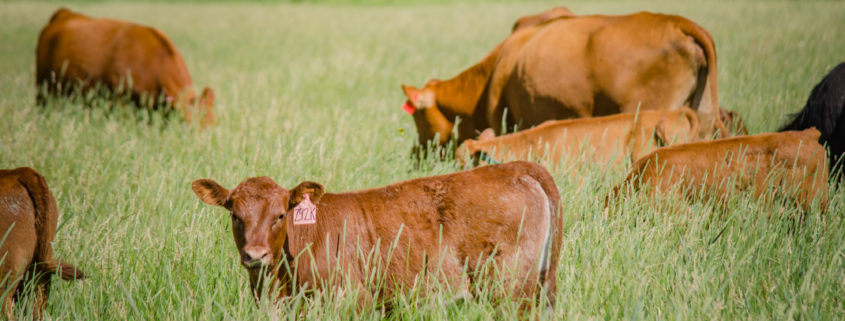Is Grass-Fed Beef Really Better For The Planet? Here’s The Science
For the environmentally minded carnivore, meat poses a culinary conundrum. Producing it requires a great deal of land and water resources, and ruminants such as cows and sheep are responsible for half of all greenhouse gas emissions associated with agriculture, according to the World Resources Institute.
That’s why many researchers are now calling for the world to cut back on its meat consumption. But some advocates say there is a way to eat meat that’s better for the planet and better for the animals: grass-fed beef.
But is grass-fed beef really greener than feedlot-finished beef? Let’s parse the science.
What’s the difference between grass-fed and feedlot beef?
Feedlot calves begin their lives on pasture with the cow that produced them. They’re weaned after six to nine months, then grazed a bit more on pasture. They’re then “finished” for about 120 days on high-energy corn and other grains in a feedlot, gaining weight fast and creating that fat-marbled beef that consumers like.

